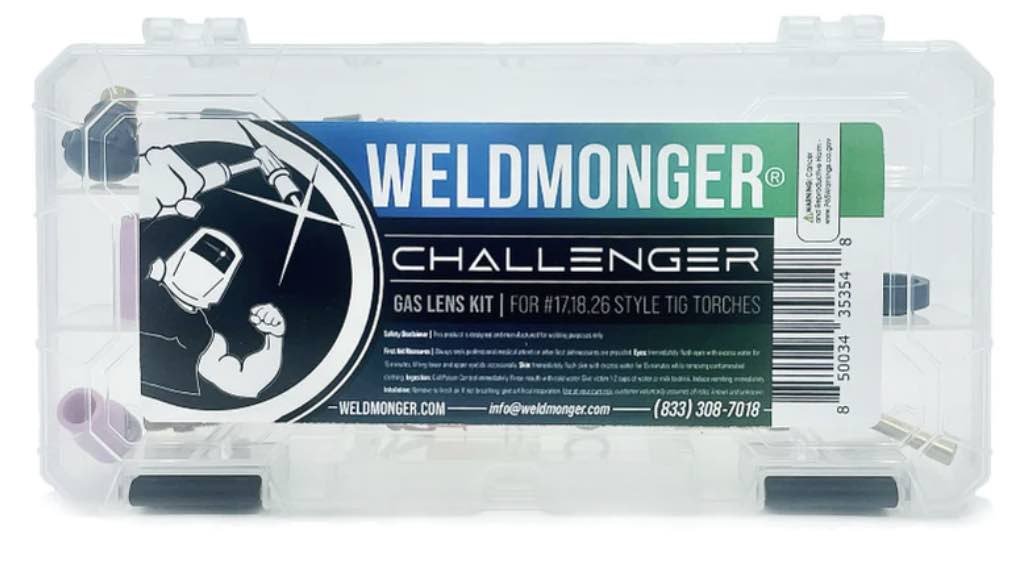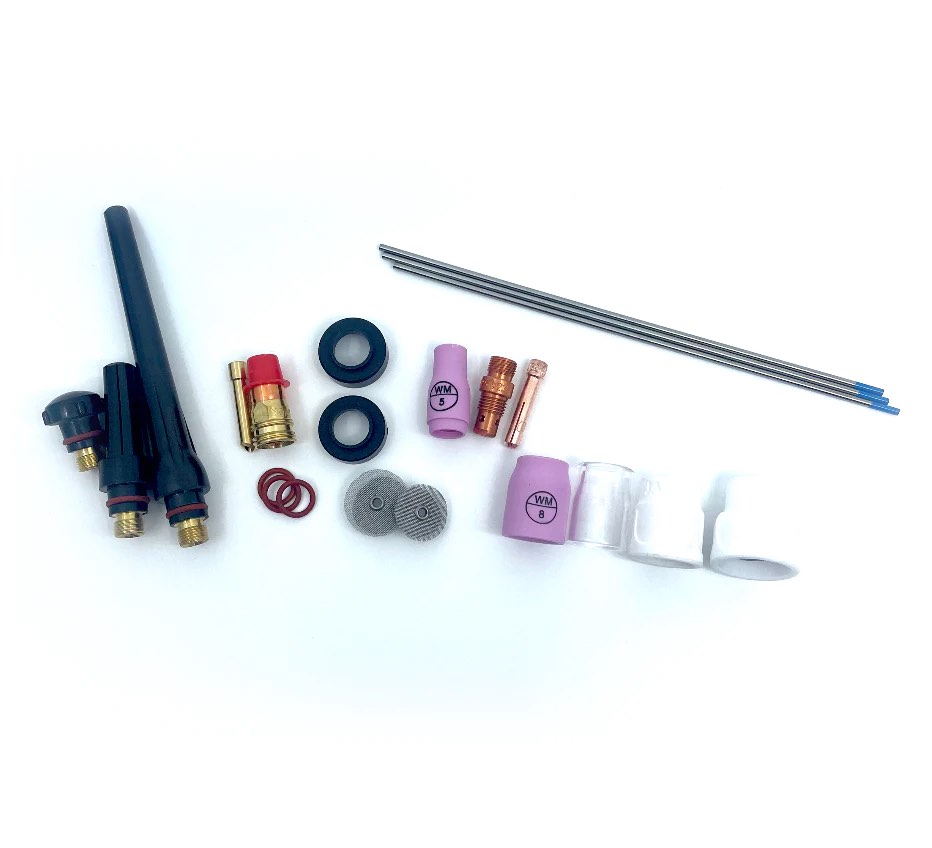Welding Certification - Don't Get me Started....Don't even Get me Started
...Introducing the New WeldMonger Challenger TIG kit that includes the most frequently used Cups.
Ever ask a welder “are you certified?” only to have him say “Yeah I’m certified, I certified 10 years ago on the big job.” Well guess what? He aint certified anymore if that was his only cert and he doesn’t work there anymore.
Welding certifications typically are not transferable and only good while you are employed by the folks who certified you.
Now before you go getting all bowed up on me, there are a few exceptions.
"Every welder should be certified somehow...even if the test is a simple T joint fillet weld break.. "
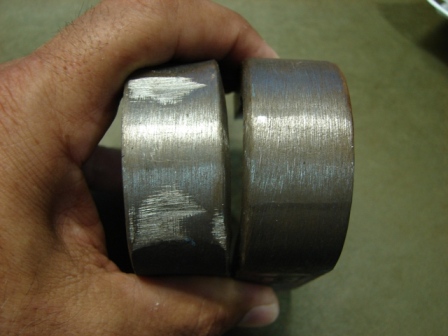
Welding Certification Tests
"Welding certification is one of the most misunderstood things in the welding industry... "
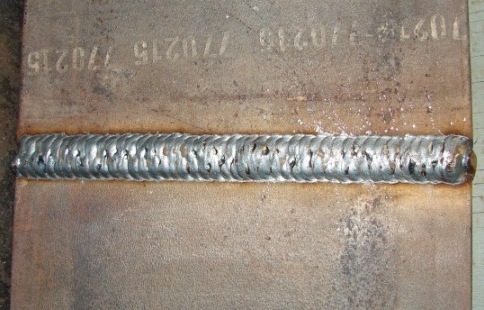
If you took a welding test at an accredited AWS test facility, you can say you are certified (provided you have kept it up by submitting your forms and payments to the AWS every 6 months and have kept an auditable record of continued welding activity within every 6 month period).
Or if you are self employed and you have documentation of having welded a test weld under the conditions of a qualified welding procedure specification and to a certain welding code, Along with the auditable record of continued welding activity within every 6 month period. (Oh yeah, you also have to have a retinal scan, social security number of your firstborn, and a stool sample)
Do you see where I am going with this? It gets worse… What welding code are you certified to? What types of material are you certified on? What positions are you certified to weld that material in? What process are you certified in? What thicknesses are you certified to weld with what process and in what position and what material type? open butt or consumable insert? 6010 or 7018? plate or pipe? Blah blah blah……yada yada yada.
What a pain in the Butt! No wonder there is so much confusion.
Requirements for Becoming a certified welding inspector (CWI) are pretty complicated as well. If you are interested in becoming a CWI click here to learn the scoop. AWS CWI certified welding inspector requirements. QC1-2007
The Death of common Sense in Welding Certification
I once had to stop welding on a stainless steel pipe joint when I was only one pass from finishing the weld because my certification only qualified me to weld to .750” thickness.
Finishing the weld would have taken me all the way to .875” .
Now anyone who knows anything at all about pipe welding knows that going thicker is not a problem. Especially only .125” thicker. But rules are rules right? I understand why the rules are there ok?
I get it.
I know that you don’t want just any jack leg welder making a weld on a 36” high pressure steam line that will kill everybody old enough to die if it ruptures. I get it. I do.
But I also think the whole welding certification thing is a bit out of hand. Here is how welding certification codes are developed and approved....
The AWS code committees are made up of volunteer committee members. Almost no committee member pays out of his own pocket to travel to meetings. That means the employer foots the bill. Sometimes the committee is a good a mix of inspectors, supervisors, and engineers, but in my experience, its usually mostly engineers.
After many, many meetings at convention rooms in expensive hotels , (where the employers of the committee members are paying the bill), and after many, many arguments where hairs are split and then split again, the members with the strongest personalities gets their way and the welding code finally gets published after several years.
Then the folks in the field read the code and think to themselves “holy crap, we will never be able to do this”.
And then they learn to get around it by applying totally different welding techniques for testing than are used in the field. All in the name of compliance.
Is that good for business? Is it good for anything?
I understand the need for welding certification. In fact I am very much in favor of certification to the extent that I think every welder ought to be certified somehow… and I think the test should closely resemble the tasks done day to day. If 5G position welds make up 99% of the tasks, then you should be tested with a 5G test.
If the daily task is welding on the edge of a razor blade, then that is what the test should be.
And for products that are not addressed by a welding code or specification, Simple destructive tests could be used along with visual inspection.
Even for the guys that welded the bicycle you bought at Wal-Mart.
Welding certification testing should not always have to be a complicated process. For instance, the welder who welds the Wal-Mart bikes maybe makes a couple of welds under direct supervision of a qualified welding inspector. Then the frame is taken out back and has the snot beat out of it with a sledge hammer.
What better test for a Wal-Mart bike?
All this would only take an hour or so. No x-rays, no slicing and dicing and metallographic cross sections. Just a down and dirty and very effective test. A destructive test…oh yeah!
And I definitely think the guys at OCC and monster garage should be certified. And while we are at it lets make sure they get some basic safety training… cause Damn!
Plasma cutting with nothing but Ray bans is not cool… Just dumb!
What does it mean to be a certified welder?
Welding certification means “Certification in writing that a welder has produced welds meeting prescribed standards. “
It also means that the weld was performed by using a welding procedure specification (WPS).
Prescribed standards usually means the weld met visual inspection criteria as well as other tests like x ray, or bend testing.
Welding certification almost always involves complying with a welding code or standard of some kind.
There are structural welding tests, pipe welding tests, aerospace welding tests, food service welding tests and more. Structural welding like you see on high rises involves compliance to the American welding Society (AWS) D1.1 structural welding code.
Pipeline welding as in “Alaska pipeline” usually involves the American Petroleum Institute (API) 1104 code book.
Pressure vessels and boilers have their own welding code book too (ASME Section IX) and so does the Aerospace industry (AWS D17).
*The thing they all seem to have in common is this:
*The welding procedure itself must first be qualified ( or prequalified procedures can be purchased)
*Each welder must pass a certification test that resembles the tests used to qualify the procedure.
*Welders are only certified to weld within the limitations of the test they took to become a certified welder.
How do I become a certified welder?
The easiest way is to just hire on with a company that needs certified welders and pass the welding test.
Then you will be certified on someone else's dime.
But if that is not in the cards for you, then there are other ways:
If you just want some pedigree papers, you can call any AWS accredited test facility and arrange for the simplest welding test that they administer. This could even mean something as simple as a T joint fillet weld break test done laying right in front of you on a table (2F position).
That's right, you could become a certified welder by welding a simple T joint...
provided as all the I's are dotted and T's are crossed.
Most people don’t realize that a welding certification test does not always have to be a difficult weld joint. Companies are allowed to “certify to the task”. If flat t joints is all a company does, then why would they want to impose additional requirements that only cost them money?
So back to the point….
call a AWS accredited test facility and arrange as simple a test as they give and inquire at that point on the price. Mostly you will find that tests are around 200 dollars. Pass or fail , still around 200 dollars per test.
Then just show up ready (ready means having practiced) and take the test.
Once you pass the test , you are given the option to pay a few bucks extra to be listed on the national AWS certified welder registry.
Do it!! Lots of employers are impressed by this.
What does a welding certification test involve?
For pipe welding jobs, more often than not, a 6G pipe test is given. That means the pipe is placed on a 45 degree angle and it is fixed….it cant be rolled or moved until its done.
Welding in the 6g position tests your ability to reposition your body, it tests if you can weld left handed, and it tests being able to weld in all positions, flat, horizontal, overhead, and vertical.
That’s why when you pass it, you are qualified to weld all positions.
For structural welding tests, very often a vertical (3G) and overhead (4G) test are given in either stick or flux core.
Tests have to look good.
I have never taken a welding test where the test shop supervisor said “ that looks like ass but we will bend it and see what happens” nope that does not happen.
The test has to pass visual inspection and then also pass a bend test or x ray test.
Don’t let the word x ray scare you, people pass x ray tests every day. X ray will find defects but there are usually some allowances for a small amount of defects in every welding code.
A welding certification test can be really difficult, or it can be fairly easy. My experience has been that most welding tests given by employers are pretty hard.
I am pretty sure I know why.
The guy giving the test is the gatekeeper.
Its his job to cull out the hacks. If a guy passes his welding test and then gets on the job and screws the pooch, and causes extra expense by having to cut out and reweld his welds, who gets blamed?
The test shop supervisor that’s who.
You better believe some thought went into what welding certification test is given on a job site.
Not only are they concerned with the test meeting the qualification limitations of the welding done, buy they also want the test to be hard enough to not let just any jack leg thru the gate.
Is there one single welding certification test that will certify me to weld anything?
Nope, not even close. Different Welding certification tests are given for material type, thickness, positions, etc. there are many, many possibilities of different combinations.
Fortunately, there is some overlap.
One welding test can cover many different positions and thicknesses... if chosen properly by the welding engineer .
How many different welding certification tests are there? Just to give you an idea, the United Association of Pipefitters lists about 60 different pipe welding tests on their website…that only scratches the surface of the possible welding tests that could be given.
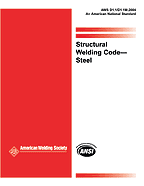
Can a company certify their own welders? Or do they have to use an outside agency?
A lot of people are under the misconception that a welding certification test must be administered by an outside agency in order to hold water.
wrong.
Many companies prefer to use outside agencies to ensure objectivity and to avoid conflict of interest but there is nothing in the welding codes to prevent companies from certifying their own welders.
Caution : It can be a complicated and confusing process if you are not familiar with welding codes and standards.
Does a welding certification at one company certify you to weld at other companies?
Its possible, but definitely not probable.
It happened to me once. But it was a ratty construction company anyway and that was the least of their issues.
Most welding codes list a provision that allows one company to accept a previous welding certification. But here is the kicker....
The company accepting the previous certification is still just as responsible for compliance as if they certified the welder themselves.
That’s why the AWS national welding certification program has not been as widely accepted as they thought it would be.
Can I use my welding certification at the last company I worked for to weld on the side? Like for moonlighting?
Not all welding jobs require certification. If your company's welding certification satisfies another employer's and they deem your previous certification appropriate to weld on their stuff, all the worries are on them.
If its your own business, its a judgment call. Odds are if the certification is appropriate for the scope of work, you will not have a problem.
But play it forward. like way forward to a courtroom situation... What are you going to say to the Attorney when he asks you if you are certified?
If your answer can be stated confidently...something like " I am currently certified with company XYZ to weld stainless steel within the following limitations....As the sole proprietor of my own company, I elected to accept my own current qualifications in lieu of testing according to section 4 paragraph 3.2 of t AWS welding code XXXX....etc....
That should shut a lawyer down
Why should I become a certified welder?
You should get certified because not every welder is certified or can pass a test and everyone knows that.
You will automatically jump over the heads of thousands of welders who never had the chance or maybe just never bothered to get certified.
Does every human resources manager who hires a welder know his ass from third base when it comes to welding?
No!
Will that same HR manager hire you over a more experienced welder if you have papers and he doesn’t?
Maybe! Probably!
Is that fair?
Please….nothing is fair.
Do want them to be fair and give the job to the guy with more experience? Or do you want the job?
Where can I go to get certified?
Go to the AWS site list of accredited test facilities and find the one closest to you.
Don’t forget that Hobart Institute of Welding in Troy Ohio is an accredited test facility.
How much does it cost to take a welding certification test?
Anywhere from 165 to 300 dollars per test.
Cheap for the mileage you might get out of that little piece of paper.
not seeing what you were looking for? try again

Custom Search
For nuclear work, and for aerospace, the sledgehammer test might not be the best approach. But I still have some suggestions.
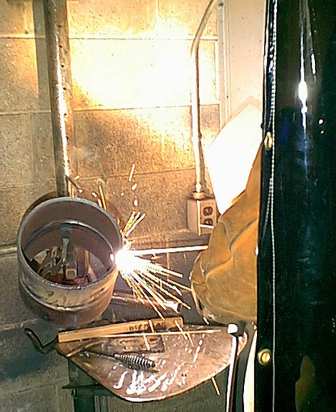
Almost all nuclear pipe welders have to test on pipe and in the 6g position. (where the pipe is on a 45 degree angle). The reason for this is that all pipe welding codes recognize this position as being the most difficult. (no argument here) Once you certify in the 6g position, you are good to go on all other positions including the 6g.
But how many 6g welds are there in the field? I can tell you, Not too many. I have welded thousands of pipe welds, but only a small handful were in the 6g position.
So does it really make any sense to test on the 6g pipe?
Nope! A better test would be A 2g along with one 5g. (2g pipe axis is vertical and 5g is horizontal). Most piping runs horizontal and the weld is in the 5g position. The 6g position is not only harder but very different. But it is often chosen for economic reasons.
1 test ...good to go... Well enough on that topic.
tips on taking welding certification tests


